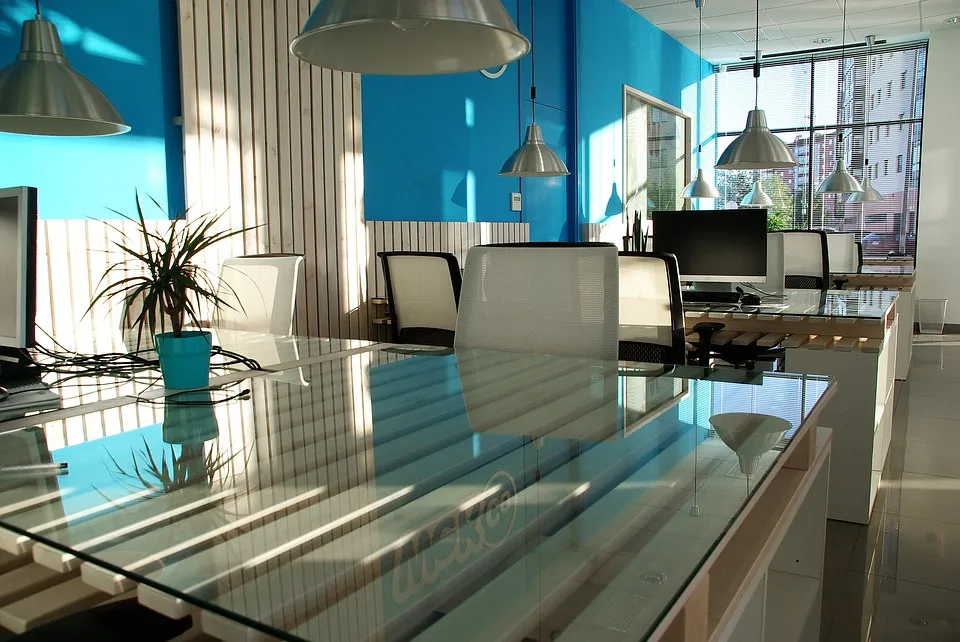Interior design is an art of designing the space of a building creatively and technically. Only if the interior designer knows the basic principles of interior designing he can transform any space to look fabulous. The basic interior design principles when combined with knowledge, practice and experimentation can give fantastic results and a beautiful space. This is what most of the Interior designers in Chennai do to make their design stay unique. So, let's look into the 7 principles of interior design and understand their importance in the world of interior design.
1. Unity
Without unity in interior design, the visual guide will end up confusing the person. There should be a sense of uniformity and harmony among all the elements of interior design used. Each of the elements should work together to create a unified whole and there should be a smooth transition from one to another.

2. Balance
There should be proper distribution of objects inside a room to make it visually appealing. There are three ways to bring balance to an interior design - Symmetrical balance, asymmetrical balance and radial balance. Under Symmetrical, space is divided into 2 halves and both the halves are equally designed to create a calm feel. In asymmetrical, dissimilar objects with similar dimensions are used to create a more relaxed feel. Radial balance is where a large radiant object is placed in the center and other objects are arranged around it.
3. Rhythm
Like in music, Rhythm is important for a designer to create an eye bouncing design. Rhythm can be achieved using three methods - repetition, alternation and progression. Repetition means repeated use of the elements like color, shape, size, texture or pattern. Alternation refers to changing just 2 or 3 elements in a pre-defined fashion. Under progression, the design elements are arranged in an order, either ascending or descending based on their characteristics.

4. Contrast
Contrast refers to the differentiation shown from one object to another through luminance or color of the objects. Contrast can be achieved using color, form and space. Different colors can be used in a room to create a visual impact. Objects in the shape of circles and squares can be used to add contrast. One can also achieve contrast in a space by using the space efficiently and converting it into usable positive and negative spaces.

5. Emphasis
Emphasis, as the name indicates, it is considered the focal point of a particular living space. Interior design elements like color, texture and form can be used to emphasize a focal point. These elements can be used in such a way that the focal point dominates the rest of the items in the room and stands as a top priority.
6. Scale and Proportion
The objects placed in a room should get along with the space and they should look like they belong to each other.

7. Details
Without details, an interior design is not complete. Details just not mean the accessories in a room, it goes beyond that. They are subtle objects that can create a huge impact on the design of a room. Through details, one can add a little touch of personality to their home and make the design scheme full circle.
Understanding these basic principles becomes necessary to decorate any space. If you are interested in designing your home, office or commercial space, you can gain the assistance of Mirudu Interiors, the best Interior decorators in Chennai . At Mirudu Interiors, they provide interior design services for residential, commercial and institutional locations, making the space beautiful and energy efficient. They are also the best False ceiling contractors in Chennai. To get started on your interior design, call Mirudu interiors now.